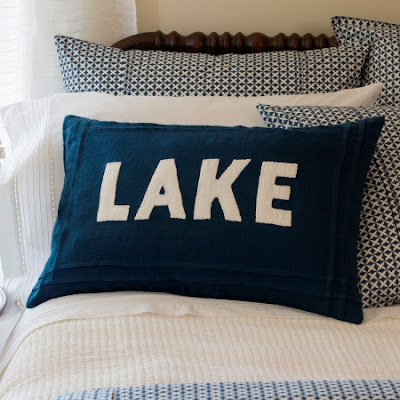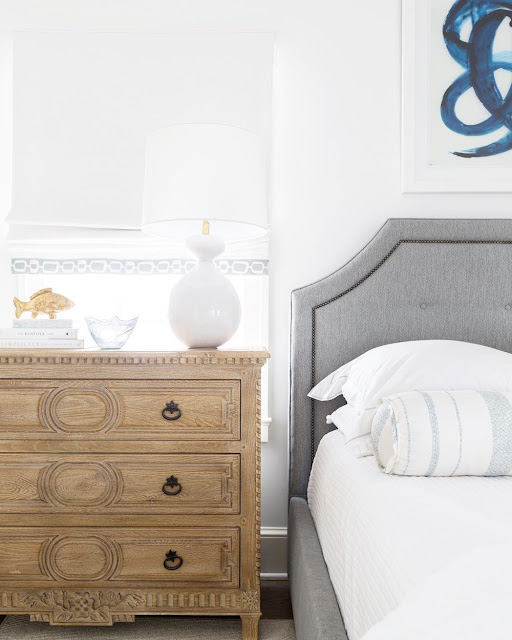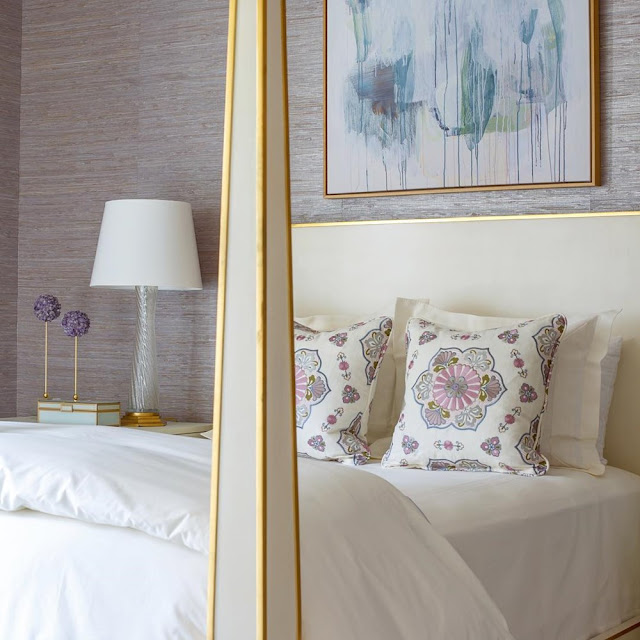How to Create a Pollinator-Friendly Cottage Garden
We love beautiful cottage gardens - they're like candy for pollinators like
hummingbirds, bumblebees, and butterflies. These little flying friends don't
just look pretty, they provide an essential service for humankind. According
to the US Department of Agriculture, "Without pollinators, the human race and
all of earth's terrestrial ecosystems would not survive. Of the 1,400 crop
plants grown around the world, i.e., those that produce all of our food and
plant-based industrial products, almost 80% require pollination by animals."
Unfortunately, in suburban areas especially, pollinators are in trouble. Due
to climate change, overspraying of pesticides and lawn chemicals, and a lack
of pollinator-friendly plants, pollinators have a hard time finding food and
shelter.
The good news? Pollinator-friendly gardens are beautiful, and once you get
them in the ground, the plants can be easy to maintain. Most of them are
perennials or hardy, deer-resistant annuals like zinnias.
Pollinator Garden Supplies:
Butterfly Feeder
Bird Bath Fountain Pump
Solar Pathway Lights
Star Solar String Lights
What Needs to Be in a Pollinator Garden?
Some general tips for a pollinator garden are:
-
Less grass, more garden beds. Pollinators can't feed on or shelter in vast
expanses of grass. Removing the grass to create more garden beds is the
first step to making your yard more pollinator-friendly: and the best part
is, more garden beds, more room for beautiful cottage gardens!
-
And most importantly, restrict the use of pesticides and herbicides.
Pesticides kill all bugs, not just the ones you don't want, and herbicides
can severely harm pollinators. All-natural options like tick tubes and
mosquito dunks are more effective and much less effective than sprays,
anyway.
How do You Organize a Pollinator Garden?
As with any garden design, you want to layer the heights - not just for visual
interest, but for the pollinators themselves. They need little spots to rest
on and shelter in.
Start with your larger shrubs in the back, then your medium-height
plants in the middle.
If you're going with a cottage garden design, you can start small, then fill
it in as you find plants you love. If you're using plants that spread, like
butterfly milkweed and yarrow, make sure to leave space for them.
Are Pollinator Gardens Low Maintenance?
If you're planting a lot of perennials, pollinator gardens can be very
low-maintenance! They come back year after year.
Adding weed-preventing ground cover like creeping thyme or phlox can make it
even easier.

|
|
Not a pollinator, but a pollinator-appreciator!
|
Are there Pollinator-Friendly Perennials?
There are plenty of pollinator-friendly perennials. Some of our favorites are:
-
Butterfly milkweed: an essential shelter for Monarch butterflies - a
must-have for any pollinator garden!
-
Catmint: this grows big and beautiful, and is especially beautiful next to
a fence or trellis.
-
Salvia: similar to lavender, it grows big with beautiful color.
- Lavender: perfect for dry areas with sandy soil.
- Yarrow: grows like crazy in sandy, dry areas.
-
Liatris: excellent to pop in as bulbs in the spring, they grow fast and
don't spread too much.
Are there Pollinator-Friendly Annuals?
-
Wildflower Seed Mix is the easiest way to plant annuals.
- Zinnias are deer-resistant and last until the fall.
-
Cosmos are a beautiful addition to our garden this year, they grow
nice and tall.
-
Sunflowers are a favorite, as long as you protect them from deer when
they're small (they'll bite the heads right off!)

|
|
Our sweet Ray loved to watch the butterflies
|















.png)
.png)








.png)
.png)






.jpg)











.jpeg)

.jpeg)





